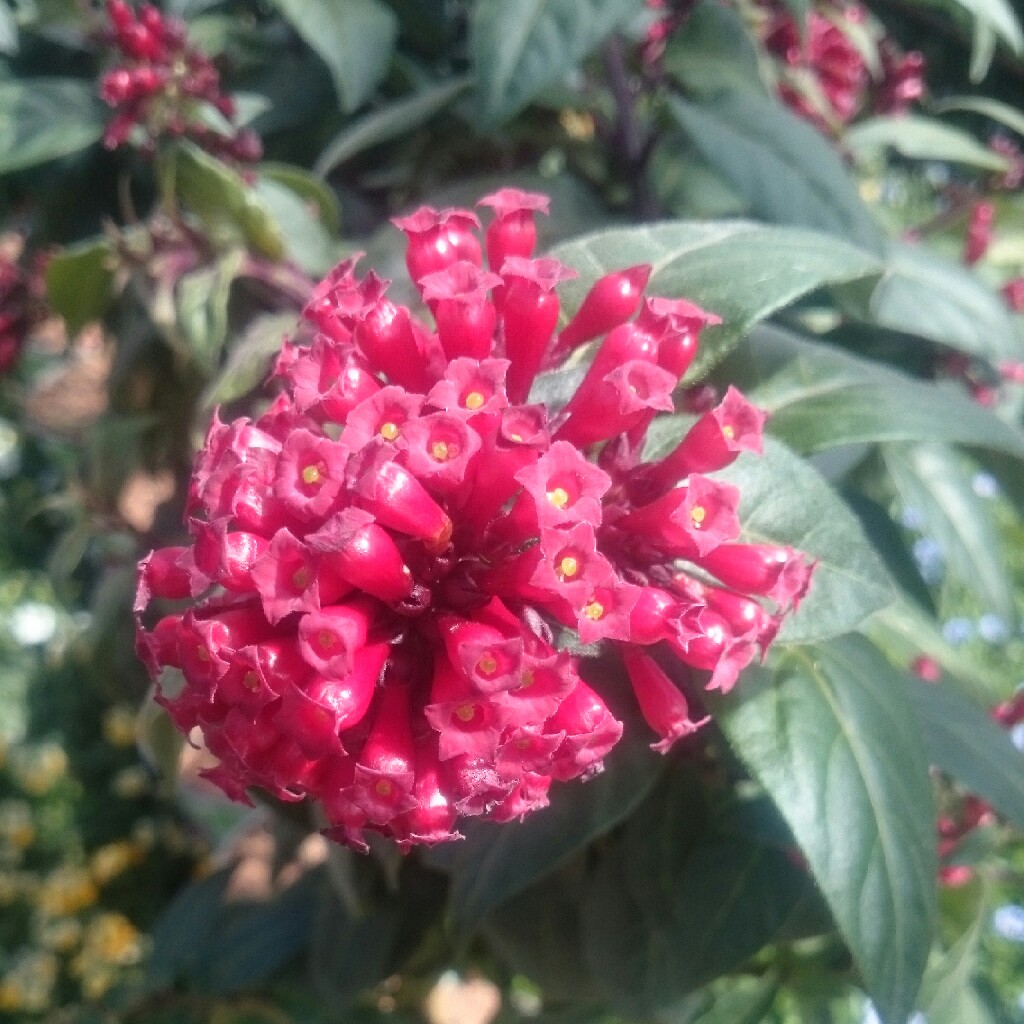
Cestrum
Jessamine
Cestrum are native to warm temperate to tropical regions. They are commonly called jessamines (from "jasmine", due to their fragant flowers). Several species are grown as ornamental plants for their strongly scented flowers. Some are invasive species.
Contributed by @jamesshobbs
-
Full sun
-
Occasional watering
-
A little frost hardy: 32F (0°C)
-
Rich and free draining
Common name
Jessamine
Latin name
Cestrum
type
Flowering plant
family
Solanaceae
ph
5.0 - 7.0 Acid - Neutral
Plant & bloom calendar
-
Best time to plant
full grown dimensions
 3.00 M
3.00 M
3.00 M
3.00 M
Cestrum
Cestrum are native to warm temperate to tropical regions. They are commonly called jessamines (from "jasmine", due to their fragant flowers). Several species are grown as ornamental plants for their strongly scented flowers. Some are invasive species.
Planting
From Early Spring TO Early Spring
Grow cestrum in a fertile, well-draining, non-alkaline soil in full sun (or partial sun in hot summer regions). In frost-prone areas it will be killed to the ground and resprout in the spring as soil warms. Use it as a large accent shrub in the mixed border or wildlife garden. Its flowers and foliage stems can be used as a cutflower. Give beds and borders a kick start by feeding in spring with a slow release fertiliser, before planting and before plants have put on too much growth. This is known as top dressing.









